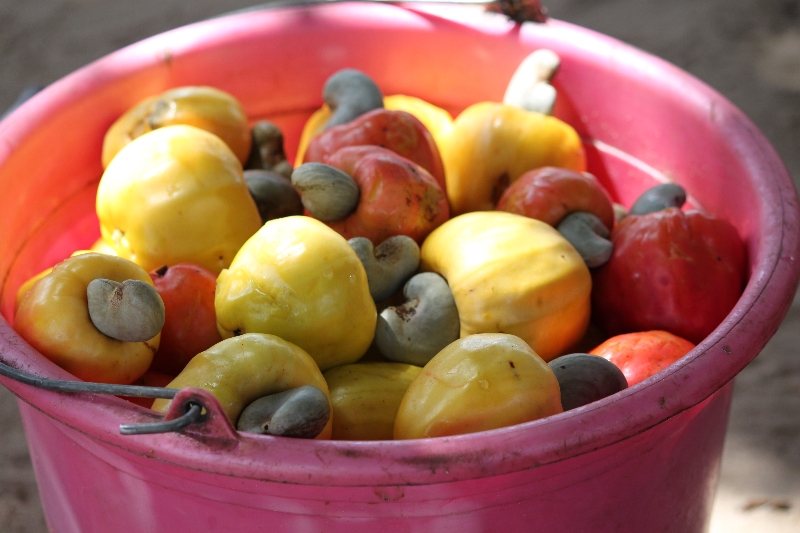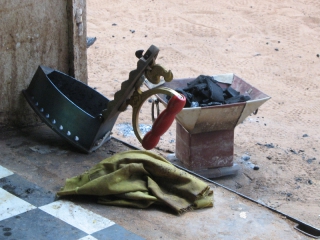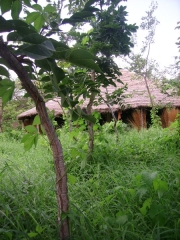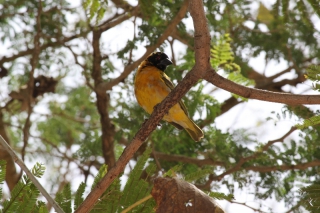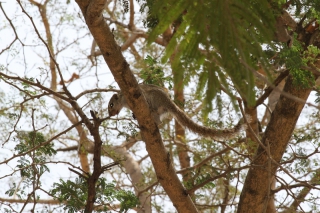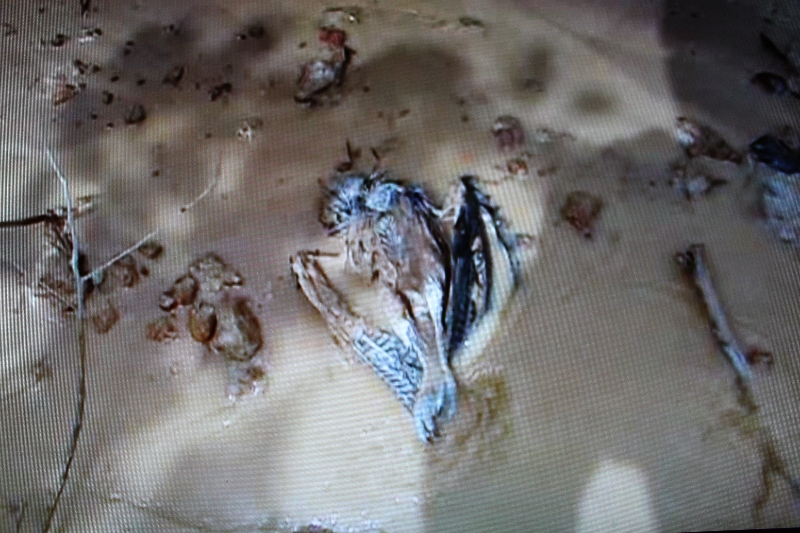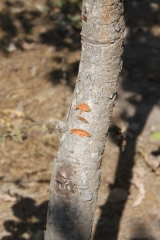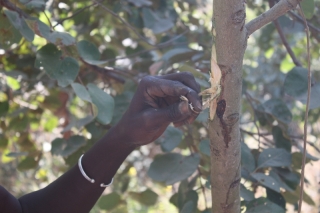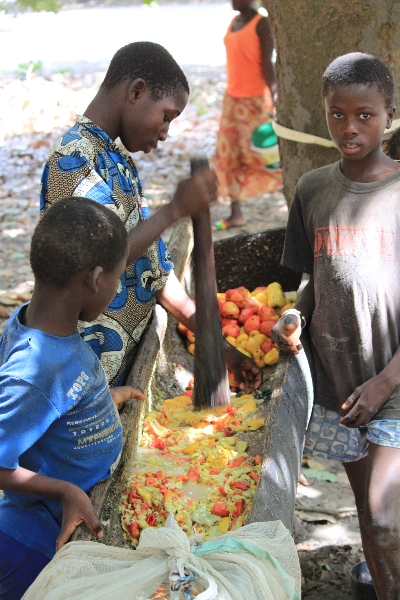
When I was looking for land in the Gambia, I found a plot for sale that was full of cashew trees. I decided to keep on looking, because I wanted to build and didn’t want to cut trees. I did discover some things about cashews: one cashew fruit grows just one cashew in the little kidney-shaped pod underneath, see the picture below. Might explain why they’re much more expensive than many other nuts, for example groundnuts, also a Gambian product. Salted, packed in little bags, they are sold as snacks just about everywhere. What I didn’t know, is that you can eat the fruit too. It’s soft and smells and tastes a little perfumed. And: the pulp is also being used to make cashew liquor. I didn’t have a taste yet, but I’m planning to…
